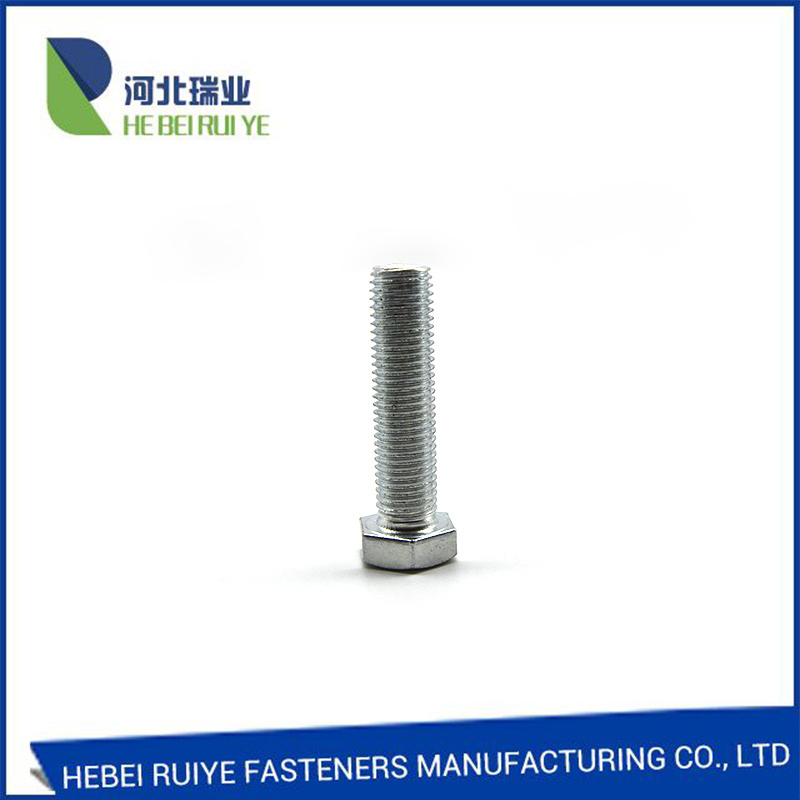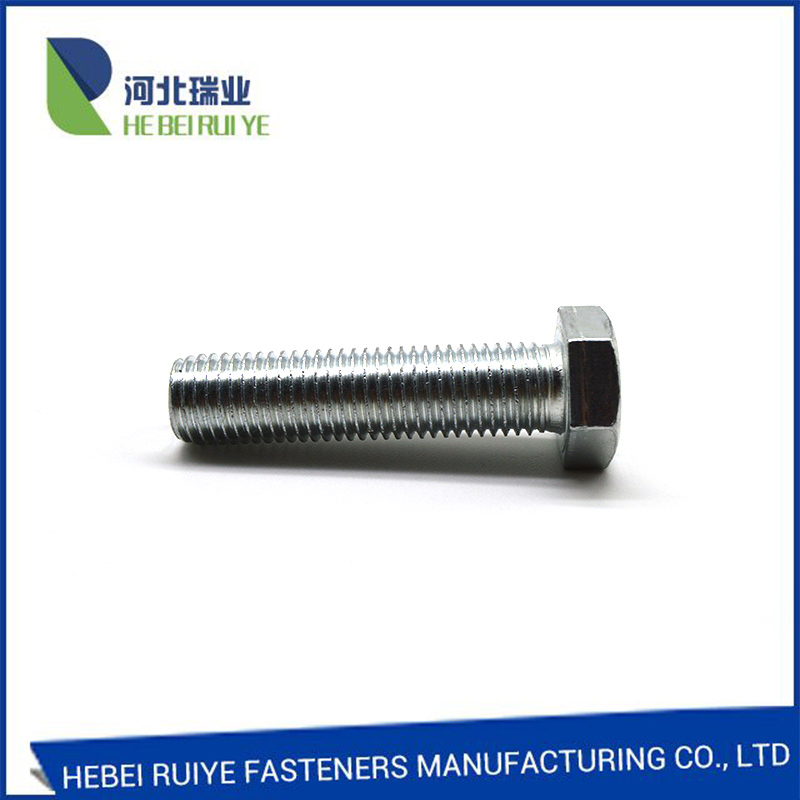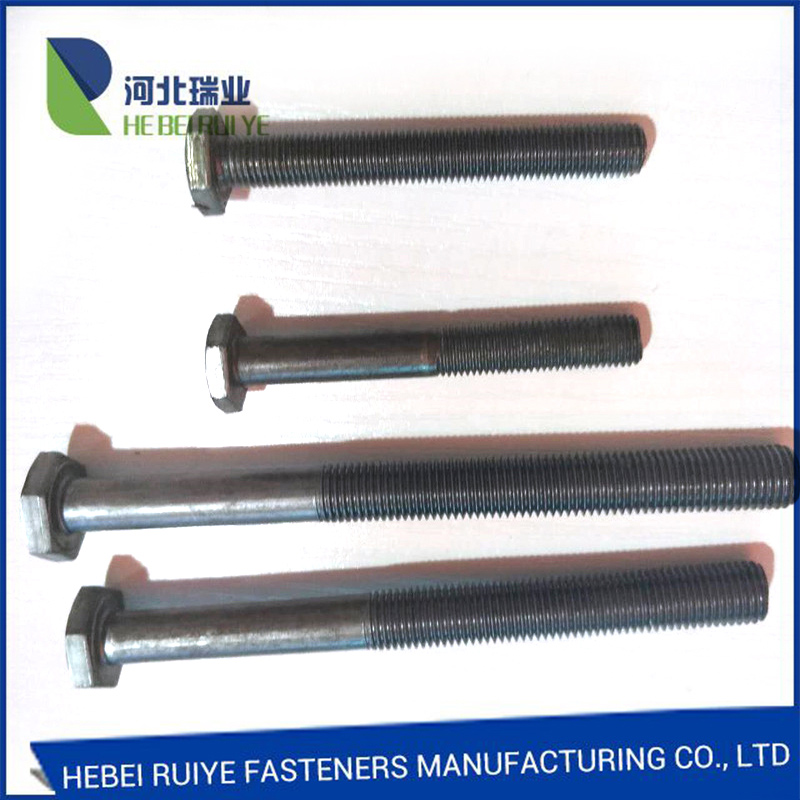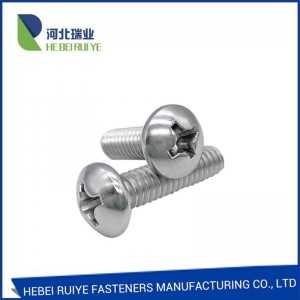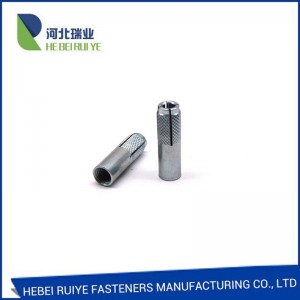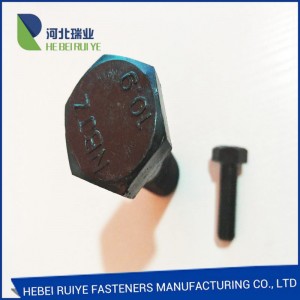OEM/ODM Manufacturer China DIN933/DIN931, DIN603, DIN6921, DIN912, Super Duplex Stainless Steel Bolts
We thinks what customers think, the urgency of urgency to act during the interests of a purchaser position of theory, allowing for much better good quality, lower processing costs, prices are extra reasonable, won the new and old buyers the support and affirmation for OEM/ODM Manufacturer China DIN933/DIN931, DIN603, DIN6921, DIN912, Super Duplex Stainless Steel Bolts, We are assured to generate excellent achievements in the upcoming. We are hunting forward to becoming one of the most reliable suppliers.
We thinks what customers think, the urgency of urgency to act during the interests of a purchaser position of theory, allowing for much better good quality, lower processing costs, prices are extra reasonable, won the new and old buyers the support and affirmation for China S31803 S32750 S32760 Stud Bolts, S31803 S32750 S32760 Hex Bolts, Our stock have valued 8 million dollar , you can find the competitive parts within short delivery time. Our company is not only your partner in business, but also our company is your assistant in the coming corporation.

Steel Hex Head Bolt
Product Description
DIN933 is a German standard bolt with specifications from M1.6 to M52 and a length from 2mm to 200mm.
Bolts: mechanical parts, cylindrical threaded fasteners with nuts. A type of fastener consisting of a head and a screw (a cylinder with external threads), which need to cooperate with a nut to fasten and connect two parts with through holes. This type of connection is called a bolted connection. If the nut is unscrewed from the bolt, the two parts can be separated again, so the bolt connection is a detachable connection.
Difference between screws, bolts and nuts
Bolts, nuts, and screws are fasteners. Bolts and nuts can be used together, and screws can be used alone. The difference between a bolt and a stud is that there is a polygon that can be twisted at one end of the bolt, and the stud is only sleeved with external threads on the cylindrical part.
Screw is an incorrect name. It is the general name of non-professionals for threaded parts. There is no such name in the industry.
In the fastener industry, in fact, there is no strict distinction between screws and bolts. However, there are two ways within the industry to distinguish between screws and bolts:
1. Divided according to the screwing structure. The so-called wrench structure refers to the place where the wrench is placed on the screw / bolt, that is, in some systems, the externally threaded rod-shaped parts of the external wrench structure are collectively referred to as bolts, otherwise, the The inner wrench structure is called a screw.
Outer wrench structure: Hex head bolt; Inner wrench structure: Hex bolt, etc. The obvious example of this is the fasteners in Chinese national standards, such as GB5782, GB5783 (one half thread, one full thread) . Because they are all hexagonal structures, they are all called bolts in the standard name.
2. Differentiate according to whether the product has non-threaded rod features.
This is also a widely used classification method, which generally distinguishes bolts and screws in this way. That is: if the product's stems except the head are all threaded, such parts are called screws. Conversely, if it has characteristics such as a polished rod in addition to the thread, it is called a bolt.
3. Screw is a more general term.
The exact words should be bolts, screws, and screw caps.
Product Display
